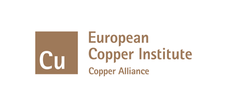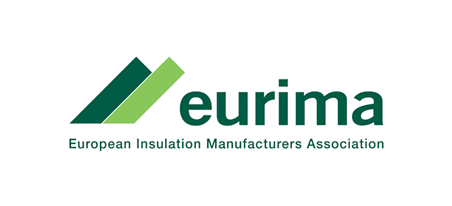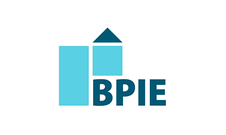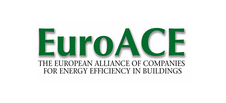Search eceee proceedings
Measurement of automatic brightness control in televisions – critical for effective policy-making
Panel: 7. Appliances, products, lighting and ICT
This is a peer-reviewed paper.
Authors:
Michael Scholand, CLASP, United Kingdom
Robert Harrison, Robert Harrison Associates Ltd., United Kingdom
Marie Baton, CLASP Europe, Belgium
Abstract
Display luminance (“brightness”) is the largest energy consuming function in televisions and monitors. Subjective research on televisions in households has shown that displays can be dimmed when room ambient light levels are naturally reduced, to achieve lower product power consumption while not diminishing the quality of the viewing experience. This energy-saving feature is most commonly called ‘automatic brightness control’ (ABC) and works by dimming the display’s brightness in relation to the room illuminance.
In Europe, manufacturers are given a small (5%) power allowance on the energy efficiency index for the energy label class if the model has ABC. In the United States, the ENERGY STAR® program offers manufacturers a nominal allowance for ABC based on summing 25% of the on-mode power requirement of the display at four nominal illuminance levels. The stark difference between the power allowances in these two leading economies is due in part to the lack of a good practicable test method and ability to characterize and quantify an optimum energy saving benefit of ABC.
CLASP worked with Intertek’s laboratory in Milton Keynes to develop a novel approach to the measurement of television power consumption and display luminance under ABC control. This paper describes and illustrates the test setup and data logging equipment to capture the television’s power consumption and screen luminance characteristics under a full range of ambient light levels, from <2 lux to >300 lux.
This test method was applied to five televisions from major international brands, and test results are provided. CLASP continued to define the test method and is submitting it to the IEC and CEN/CENELEC for consideration as an update to relevant European and international test standards. Robust test methods like this one help policy-makers design more effective energy-efficiency policies and programs and can catalyze energy efficient design standardization in the display manufacturing industry.
Downloads
Download this paper as pdf: 7-422-17_Scholand.pdf
Download this presentation as pdf: 7-422-17_Scholand_presentation.pdf
Panels of
1. Foundations of future energy policy
2. Policy: governance, design, implementation and evaluation challenges
4. Mobility, transport, and smart and sustainable cities
5. Buildings and construction technologies and systems
6. Buildings policies, directives and programmes
7. Appliances, products, lighting and ICT
8. Monitoring and evaluation: building confidence and enhancing practices























